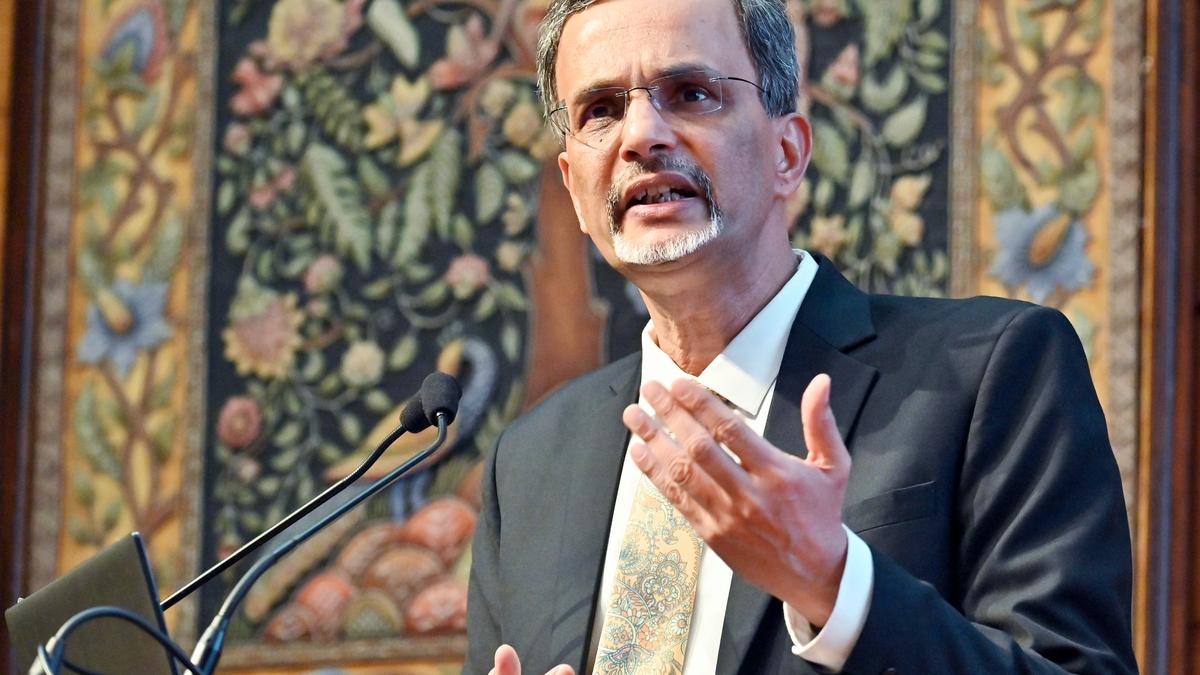Now Reading: India-U.S. Tariff Resolution Expected Within 10 Weeks: CEA Nageswaran
-
01
India-U.S. Tariff Resolution Expected Within 10 Weeks: CEA Nageswaran
India-U.S. Tariff Resolution Expected Within 10 Weeks: CEA Nageswaran

Rapid Summary:
- Tariff Issue: Chief Economic Adviser (CEA) V. Anantha Nageswaran expects a resolution to IndiaS tariff issues with the U.S., especially a 25% additional levy on Indian products due to Russian oil purchases, within 8-10 weeks.
- GDP Performance: India recorded a real GDP growth of 7.8% in Q1 FY2025-26, driven by manufacturing, services, agriculture, consumption, and investments.
- Economic Indicators: Debt-to-GDP ratio remains favorable; rural demand is resilient while urban demand is picking up; GST rate reductions expected to boost disposable income and consumption.
- External Sector Resilience: Current account deficit narrowed to 0.2%, foreign exchange reserves remain healthy despite rupee depreciation against the dollar.
- Policy Priorities: The government focuses on capital expenditure, deregulation incentives for private investment, and expanded physical infrastructure for ports and airports.
- Trade with China: Imports from China largely include capital goods; Indian private sector urged to spend more on R&D innovation.
- Artificial Intelligence Implications: Limited impact so far but coding jobs might potentially be under threat; emphasis placed on upskilling labor markets.
Indian Opinion Analysis:
The CEA’s remarks highlight several crucial aspects of India’s economic landscape as it navigates post-pandemic recovery amidst global trade challenges. The tariff imposed by the U.S. underscores geopolitical complexities linked to India’s energy policy vis-à-vis Russia-it’s resolution coudl stabilize bilateral trade relations while averting adverse impacts on exports.
Domestically, the robust GDP growth signals promising momentum fueled by foundational sectors such as manufacturing and agriculture but necessitates continued vigilance in sustaining rural demand while leveraging GST relief boosts urban consumption. Meanwhile, India’s external sector demonstrates resilience through low current account deficits aided by proactive resource mobilization strategies-a reassurance amidst macroeconomic pressures like rupee depreciation.
On innovation and AI integration challenges highlighted around India-China trade dynamics or employment disruption fears from advancing technology sectors such as coding automation-policy priorities remain critical around incentivizing R&D initiatives that foster competitive edge alongside labor skillset adaptability ensuring employment fluidity longer-term stability truly stand intersectionally consequential Read more here























